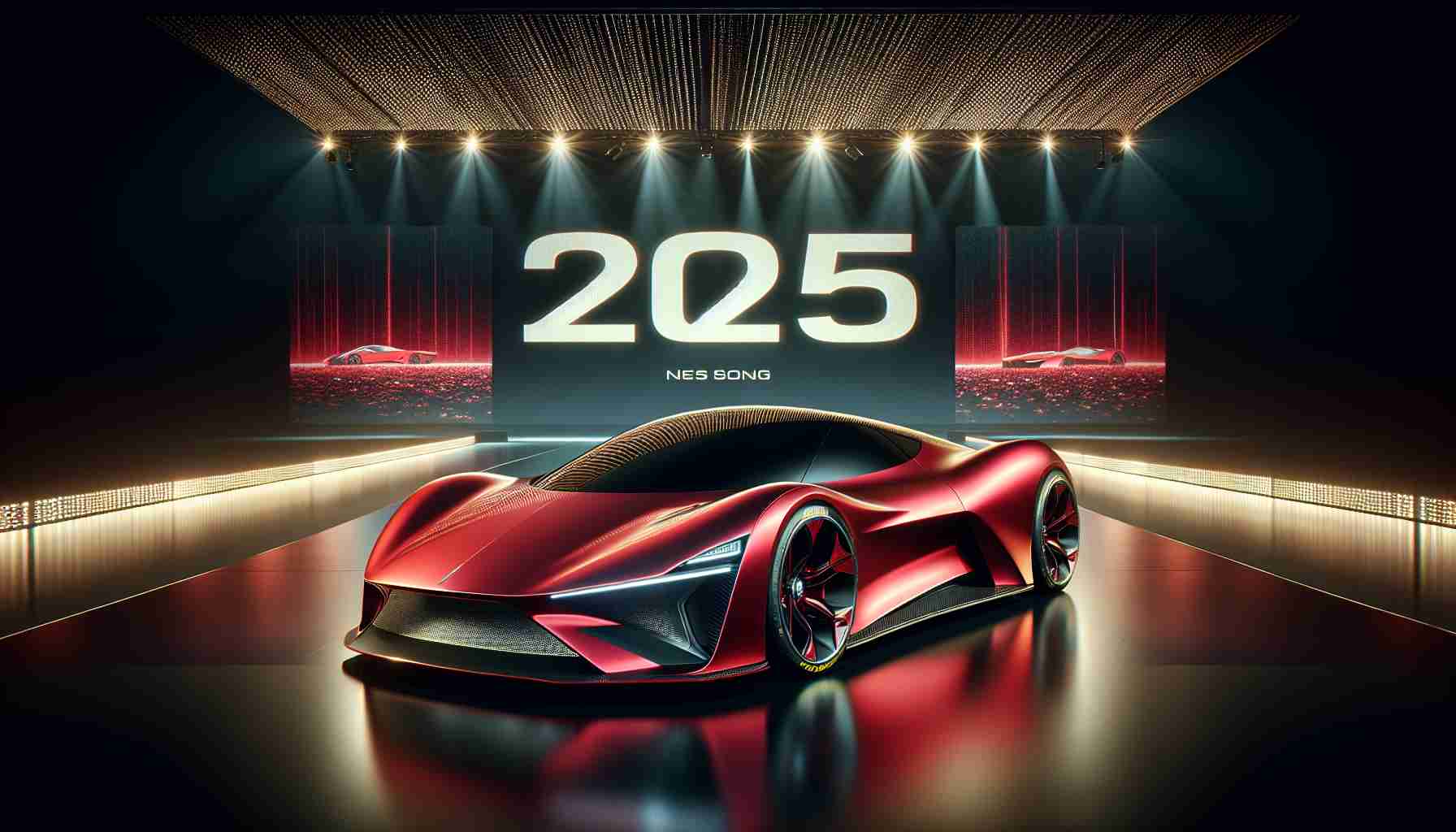- Ferrari will debut its first fully electric supercar on October 9, 2025, at Capital Markets Day.
- The electric vehicle is part of a broader 2025 lineup that includes new versions of existing models like the 296, Roma, and SF90.
- Ferrari aims to maintain its heritage while expanding its model offerings with hybrids and electric vehicles.
- The company is targeting a mix of 40% thermal engines and 60% electric and hybrid vehicles by 2026.
- Ferrari is investing in a new E-Building in Maranello to support its electric vehicle development.
- The brand faces challenges in retaining its iconic driving sensations amidst the transition to electric technology.
- Success could redefine luxury electric vehicles, while failure may impact Ferrari’s legacy.
Mark your calendars for an electrifying experience! On October 9, 2025, Ferrari will unveil its first-ever 100% electric supercar, a monumental leap for the iconic brand. This historic moment, happening during Capital Markets Day, promises to revolutionize the streets of Maranello. Picture the renowned Prancing Horse, now fully charged with electric power, leading a new era of performance!
Under the guidance of their CEO, Benedetto Vigna, Ferrari is embarking on an exciting journey. The electric model is just one part of an ambitious 2025 lineup that will also include a special version of the 296, plus updates on the Roma and SF90. Rather than abandoning its rich heritage, Ferrari aims to expand its offerings by blending traditional thermal engines with cutting-edge hybrids and electrics. It’s a strategy focused on innovation, not transition.
With a strategic plan targeting 40% thermal and 60% electric and hybrid cars by 2026, the vision is grand. However, the path to achieving peak performance with electric technology poses significant challenges. Ferrari’s engineers will be dedicated to ensuring that the driving sensations that fans adore are preserved, even if the roar of the engine is replaced. A state-of-the-art E-Building in Maranello, covering 42,500 m², is set to become the hub for this transformation.
As the luxury electric market begins to blossom, Ferrari stands at a crossroads. The question lingers: Can this legendary brand entice loyal fans to embrace a future without its iconic engine sound? If successful, Ferrari could redefine high-end electric vehicles, but failure may reshape its storied legacy. The countdown begins!
Ferrari’s Electric Revolution: What You Need to Know About Their First Supercar
As Ferrari gears up for the unprecedented launch of its first fully electric supercar on October 9, 2025, the automotive world is abuzz with anticipation. This groundbreaking event is set to happen during Capital Markets Day, marking a significant milestone for the company. Ferrari’s commitment to innovation is evident as it fuses its storied heritage with modern electric technology, promising to redefine what a supercar can be.
Key Features of the Upcoming Electric Supercar
1. Performance Standards: Ferrari aims to maintain exceptional performance metrics akin to its gasoline-powered counterparts. Electric powertrains can offer instant torque, which translates to rapid acceleration and agile handling.
2. Design Philosophy: True to its heritage, the electric supercar is expected to feature iconic Ferrari design elements, combined with aerodynamic innovations that enhance efficiency and performance.
3. Integration with Existing Models: The electric supercar will complement Ferrari’s ongoing lineup revisions, including enhanced versions of the 296, Roma, and SF90, showcasing a diverse approach to performance vehicles.
Market Predictions and Trends
Ferrari’s shift toward electrification reflects broader market trends, where luxury consumers are increasingly interested in sustainable performance options. Analysts predict that by 2026, nearly 60% of luxury sports cars will feature electric or hybrid technology, steering the industry towards a greener future.
Pros and Cons of Electric Supercars
– Pros:
– Environmentally friendly with zero tailpipe emissions.
– Reduced operating costs compared to traditional combustion engines.
– Advanced technology features, including enhanced safety and connectivity.
– Cons:
– Potential loss of the signature engine sound that Ferrari enthusiasts cherish.
– Range anxiety could deter buyers who are accustomed to longer trips without the need for frequent charging.
– Charging infrastructure may still be insufficient in certain markets, limiting the practicality of electric vehicles.
Sustainability Commitment
Ferrari’s commitment to sustainability goes beyond just developing electric vehicles. The new E-Building at their Maranello facility will focus on environmentally friendly manufacturing processes, aiming to reduce the carbon footprint throughout the production cycle. This facility will not only support electric car production but will innovate in materials and methods that lessen environmental impacts.
FAQs
Q1: What technology will Ferrari use in its electric supercar?
A1: Ferrari is likely to implement cutting-edge battery technology, possibly with high-capacity lithium-ion or solid-state batteries, to balance range and performance while ensuring rapid charging capabilities.
Q2: Will Ferrari continue to produce internal combustion engine models?
A2: Yes, Ferrari plans to maintain a mix of traditional thermal engines and hybrids, aiming for a strategic balance of 40% thermal and 60% electric/hybrid vehicles by 2026.
Q3: How does Ferrari plan to keep its performance legacy relevant in an electric future?
A3: By harnessing electric powertrain technology that emphasizes performance attributes like torque and acceleration, combined with their rich design and engineering pedigree, Ferrari aims to deliver driving experiences that honor their legacy.
For more insights and information about Ferrari’s electrification journey and innovations, visit Ferrari’s main website.



















